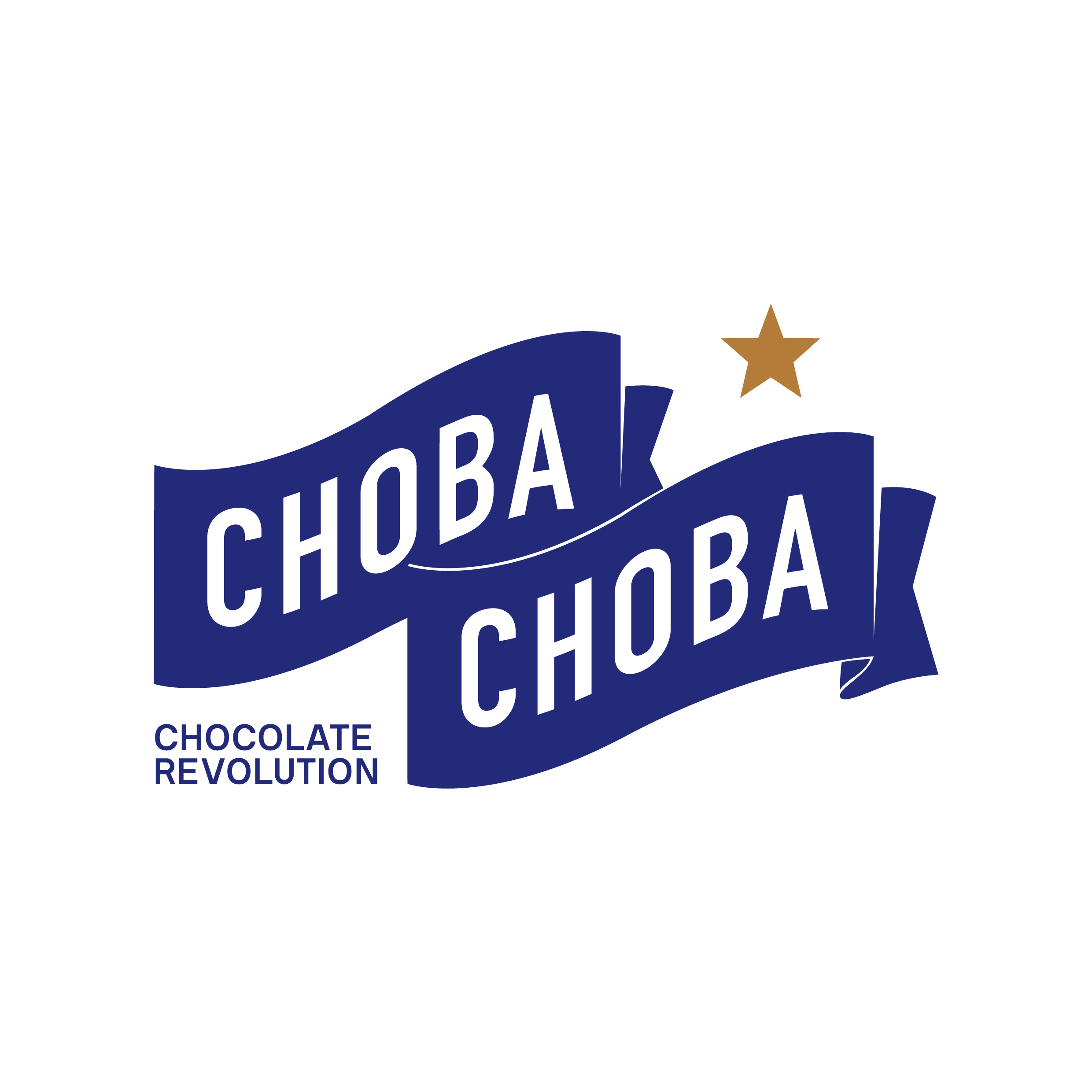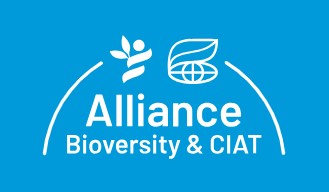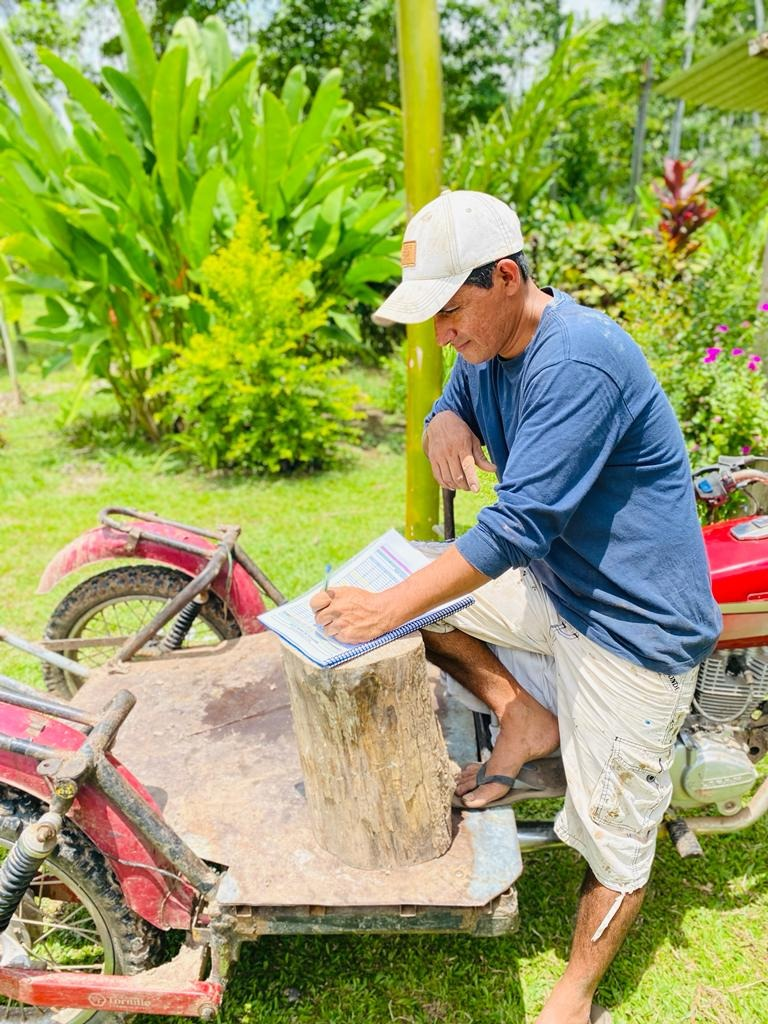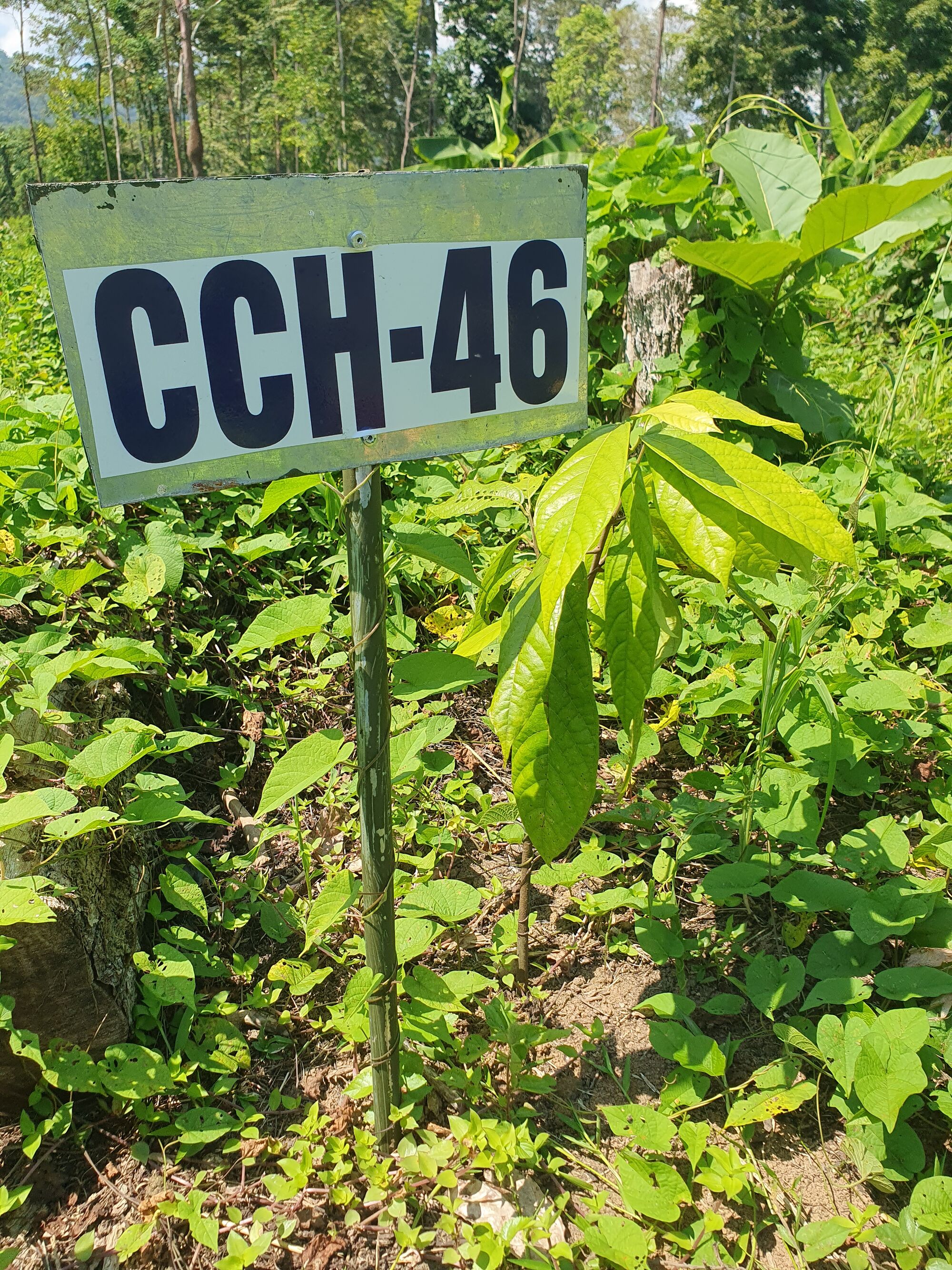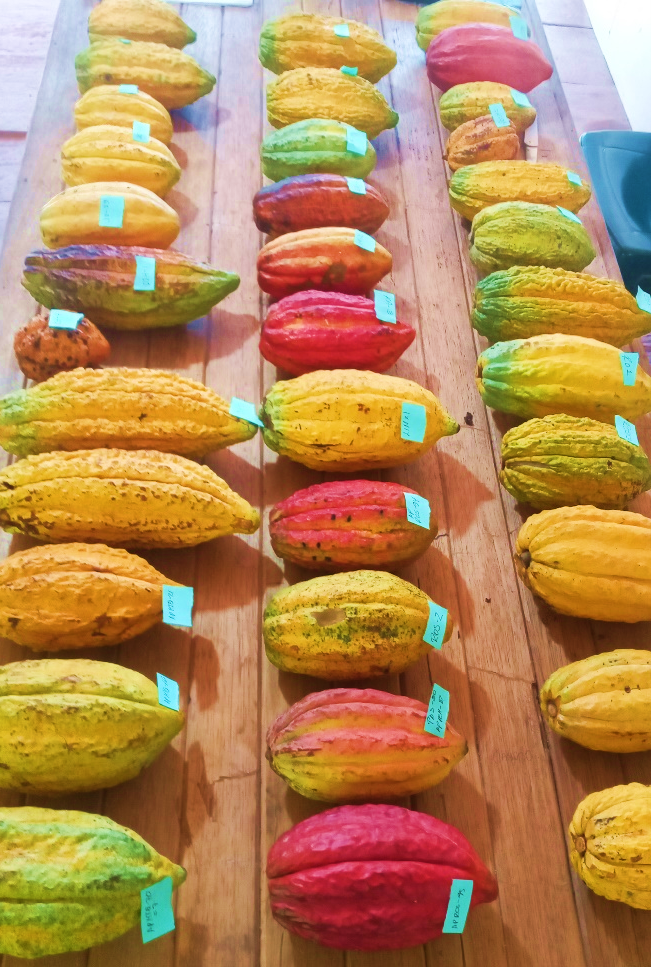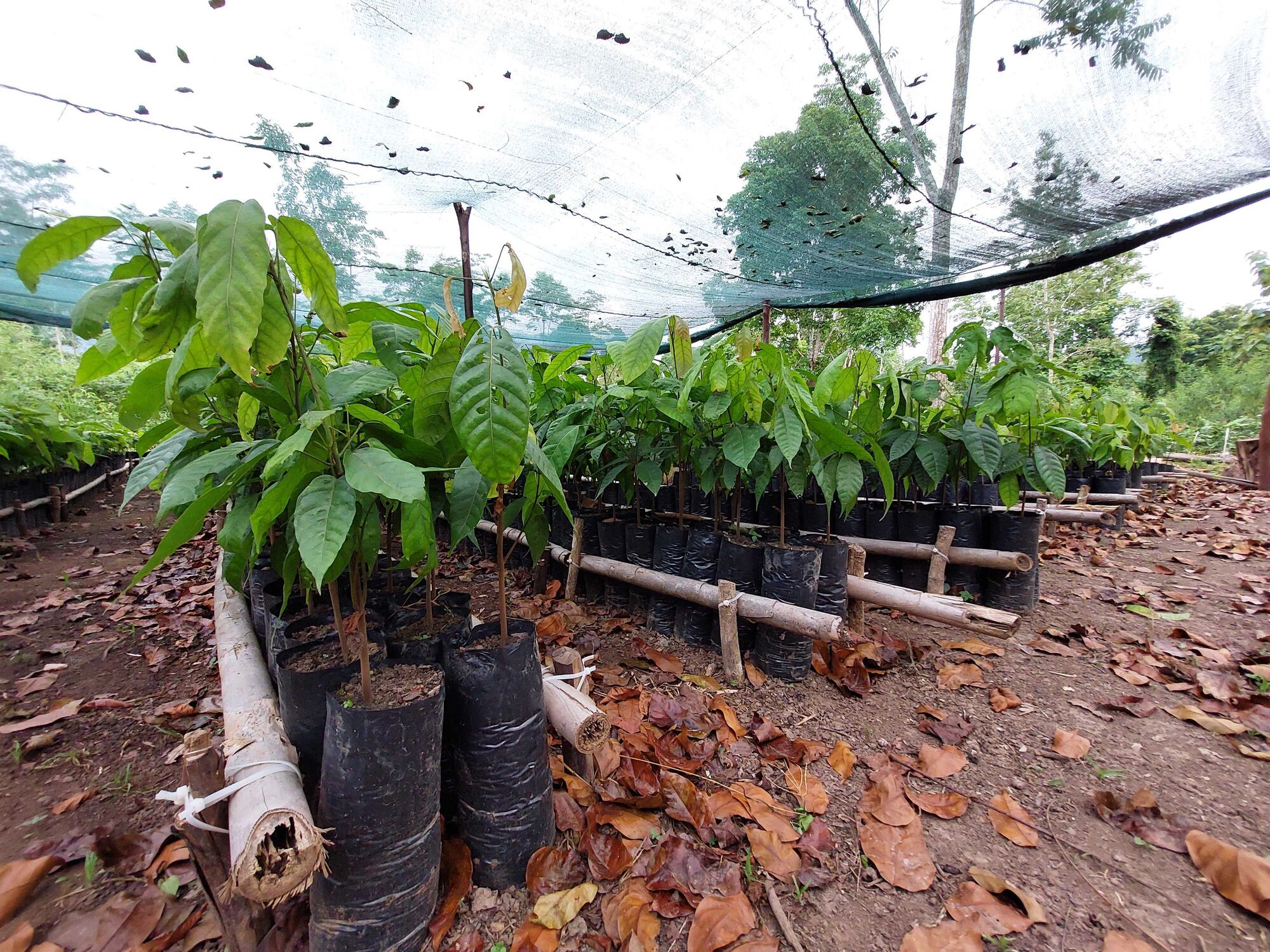Conservation & Use of Cacao Genetic Diversity
What is the main objective of the project?
Peru is a global genetic resources hub with rich cocoa diversity. However, the widespread use of commercial clones has endangered the autochthonous varieties. Preserving and studying these local cocoa types is crucial for farmers and biodiversity. The project will help make cocoa farming more resilient and profitable. At the same time, it contributes to a climate-friendly cocoa supply chain in the region.
The Choba Choba Foundation and its project partners are working to conserve the local genetic diversity in the Huayabamba Valley and facilitate its use. Access to more resistant, better-yielding, and fine-flavoured cocoa material will benefit farmers in the long run by increasing their productivity and income.
How the project contributes to sustainable cocoa production
This project is aligned with Target Area 1 (Living Income) and 2 (Climate, forest and agroforestry) of the SWISSCO Roadmap 2023, by contributing to the following United Nations Sustainable Development Goals (SDGs):
No Poverty (SDG1): The project provides farmers with selected planting material. The increased variety generated by the project will also lead to better and more sustainable yields, higher prices and consequently higher incomes for cocoa farmers.
Climate Action (SDG13): the conservation of more than 80 different cacao varieties ensures the availability of genetic material and enables the development of new cocoa varieties to improve resilience to climate change.
Life on Land (SDG15): the project contributes to the conservation of local cocoa genetic diversity, threatened by the monovarietal approach to cocoa farming that is predominant in the region.
These steps are taken during the project
This project is divided into two parts: on the one hand, there is a pure conservation component through the implementation of an ex-situ cacao conservation strategy. On the other hand, a research methodology will allow us to evaluate the behaviour and “performance” of these different cocoa trees from both an agronomic and aromatic perspective. Promising trees defined as "elite" will be reproduced in a clonal garden for further studies and propagated in the Huayabamba cacao plantations.
What is innovative about this project?
Firstly, farmers' role: at Choba Choba, farmers are key actors in the problem-solving and solutions design. They are actively shaping the project on the ground.
Secondly, marketing of local unknown cocoa varieties from the Huayabamba region: local genotypes with unique flavour, high productivity and pest resistance are selected, produced, transformed, and distributed to chocolatiers and consumers.
Thirdly, the project’s genetic characterization in the Huayabamba Valley will possibly lead to confirm the existence of endemic varieties. The genetic study could confirm unique cocoa varieties in the valley and increase their market value similar to Gran Blanco (Piura) or Chuncho (Cusco). The geographical indication recognition would benefit local farming communities.
“This great adventure and research in our beautiful Huayabamba valley allow us to preserve our local cocoa and share this treasury with the world.”
How the project contributes to improving the situation of girls and women
Choba Choba raises awareness among farmers and team members about the importance of human dignity, and promotes equal opportunities and women's empowerment. By the end of 2022, the active Choba Choba Cooperative members were 38 cocoa farmer families and 34% were female farm leaders. Women are also well represented in the Cooperative governance bodies (37%) and the management (one female cooperative General Manager).
How the scalability of the sustainable innovations implemented is ensured
This project is embedded in the nationwide effort on cocoa germplasm conservation and research. We collaborate with APPCACAO (Peruvian Association of Cacao Producers) and Bioversity International. In addition, the Choba Choba Foundation and the Choba Choba Cooperative are integrated into the regional and national cocoa landscape. This provides a solid foundation for the project.
Moreover, a long-term vision was followed in the design of the conservation garden, which takes into account the principles of agroforestry. The direct involvement and consultation of local farmers in the project are also crucial for the sustainability of the project. The farmer’s motivation for this project is reinforced by the higher price they receive for their fine cocoa.
Organisations involved
